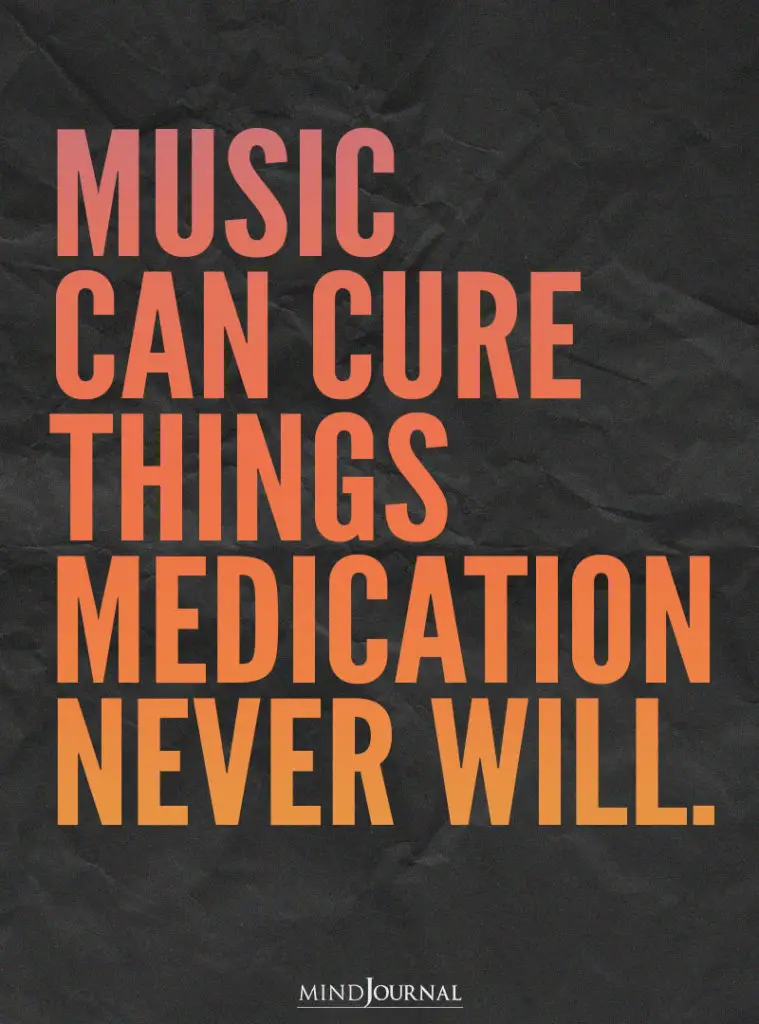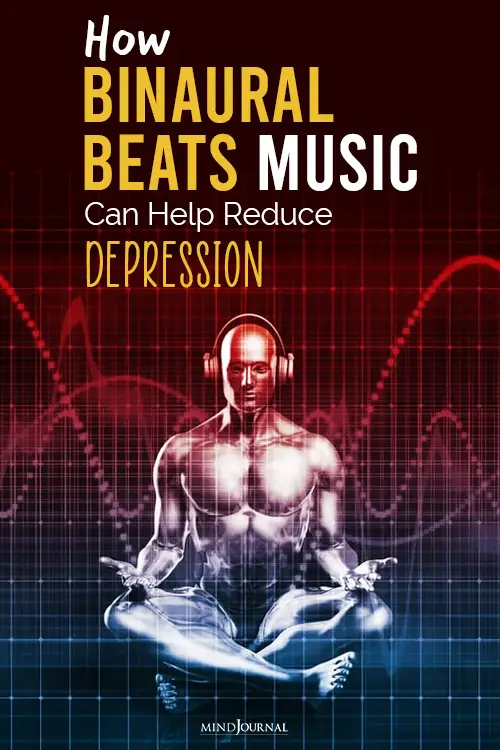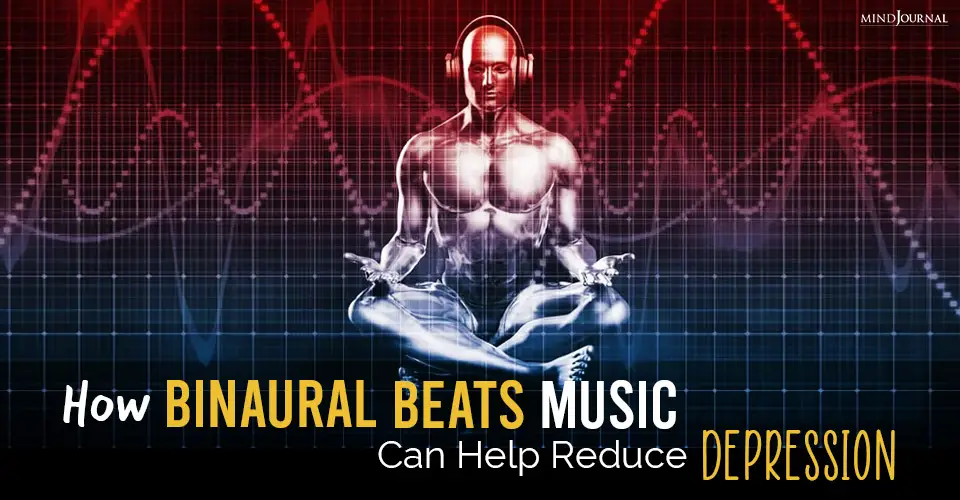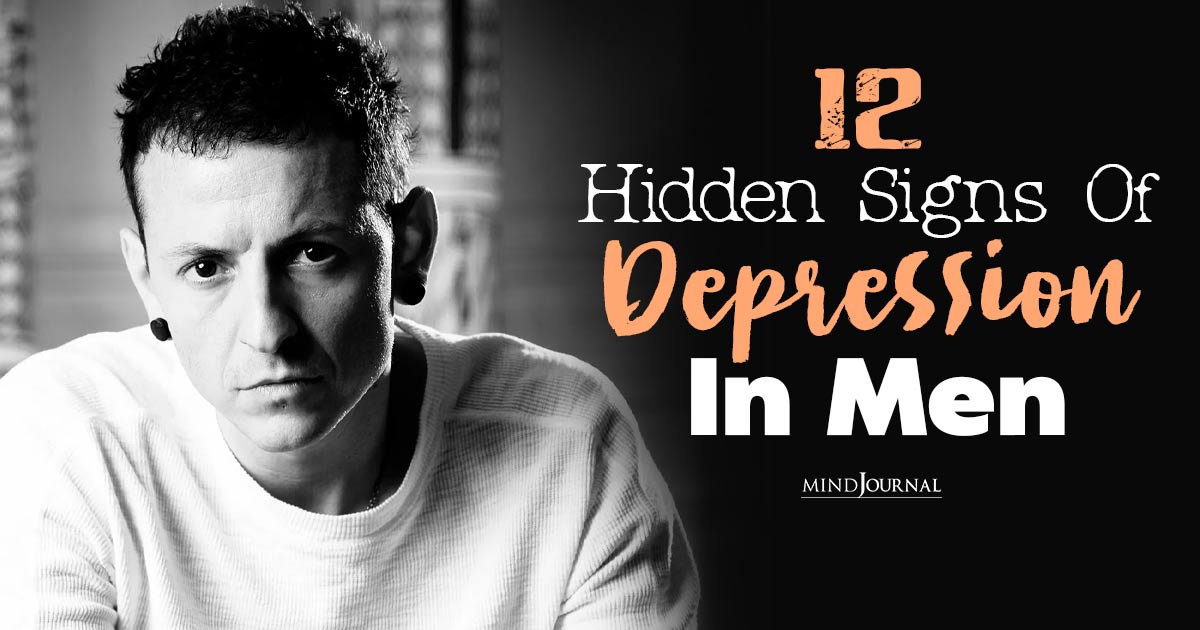When it comes to dealing with depression and trying to reduce it, binaural beats music is one of the best things you can try out. Not many people might know about this, but this kind of music therapy can work wonders when it comes to fighting depression.
Studies show music can improve mood and reduce anxiety. More specifically, meaningful music shifts our neurobiology, tapping brain systems that involve emotion, sensation, attention, mood, and motivation. Music can also ease pain, lower heart rate, blood pressure, and other autonomic responses.
Music has long been used to reduce depression, generally in the mode of passive/receptive approaches, otherwise known as listening. In the last few decades, research on specific musical treatments that target frequency patterns in the brain has gained more mainstream notice. The field is known as Binaural Beats Music.
Related: Music Therapy for depression – how can it heal you?
It’s All About Frequency
The Binaural Beats technology was discovered in 1839 by the German physicist Heinrich Wilhelm Dove. This approach involved using different sound frequencies and measuring brain changes. The binaural experience occurred when two sounds of different frequencies were released in a headset—each in one ear simultaneously—and how the brain adjusted to the sensory difference.
What Dove discovered is that the brain perceived the experience by creating a single new frequency tone. And at different frequency levels, Dove noticed patients reported either alertness, restfulness, relaxation, and other such cognitive/emotional responses.
Binaural Beats was further studied in 1973 at the Mount Sinai School of Medicine in New York. Scientists there used the Binaural Beats technology and blended them into music—which resulted in patients experiencing a variety of physical and emotional benefits. From there, Binaural Beats has evolved into a form of music therapy that can offer significant benefits for improving mood, concentration, attention, and sleep.

Understanding Frequency Levels
Studies show that Binaural Beats at specific frequency levels offer different experiences.
- Delta pattern: Binaural beats in the delta pattern operates at a frequency of 0.5–4 Hz. Studies show that using this pattern can encourage deeper stages of sleep.
- Theta pattern: Binaural Beats in the theta pattern operates at a frequency of 4–-7 Hz. Theta patterns improved relaxation, mood, and creativity.
- Alpha pattern: Binaural Beats in the alpha pattern is at a frequency of 7–13 Hz and have been shown to promote relaxation.
- Beta pattern: Binaural Beats in the beta pattern is at a frequency of 13–30 Hz. This frequency improves concentration and alertness. However, it can also increase anxiety at the higher end of the range, so one needs to be mindful about using this kind of music.
- Gamma pattern: This frequency pattern accounts for a range between 30–50 Hz. Studies show that these frequencies promote the maintenance of arousal while a person is awake. So if you want to be alert and improve concentration, Gamma is where that’s at.
Related: The Healing Power of Music: How Music Therapy Improves Mental Health
Binaural Beats for Depression
For easing the symptoms of depression, listening to Binaural Beats with alpha, delta, or theta music can offer the following benefits:
1. Deep relaxed state
2. Improved mood
3. Improved motivation
4. Improved sleep cycle
5. Increased focus
6. Reduced anxiety

How to Use Binaural Beats
There are several items you will need to buy to experience Binaural Beats Music. You must also spend time exploring this holistic approach. Lastly, Binaural Beats Music is cautioned for adults who may have heart issues or epilepsy. So checking in with your medical physician is a good idea before trying any holistic approach.
Having said the aforementioned, these are the things you need to do:
1. Do some reading about Binaural Beats Music so you can develop realistic expectations about how and what this music therapy can offer. Keep in mind that it is not a traditional treatment or clinical approach to treating depression. It is holistic.
2. If you’ve decided to try Binaural Beats Music, make sure you’re not going to do tasks that require attention, like driving or working during or shortly after listening.
3. To experience Binaural Beats Music, you will need a pair of stereo earbuds or headphones. While you can listen to this music without earphones, it will not offer the same benefits.
4. You will also need to download Binaural Beats Music on iTunes or another digital music library or purchase CDs from Binaural recording artists, music therapists like Steven Halpern, or music researchers like Joshua Leeds.
5. Many artists allow you to listen to their music before buying, which allows you to create specific playlists. And remember to choose a frequency of Binaural Beats that you’re interested in experiencing.
6. When you’re ready with your earphones and music, find a quiet or restful space to listen to your music.
7. Listen to a track of your liking and allow the music and the vibration frequency experience to move through you.
8. Your experience may be immediate, or you may find yourself slowly moving into the reported benefits after a few songs.
9. If you experience any negative effects, headache, restlessness, or boredom, this holistic approach may not be for you.
Written By Deborah Serani Originally Appeared In Psychology Today









Leave a Reply
You must be logged in to post a comment.